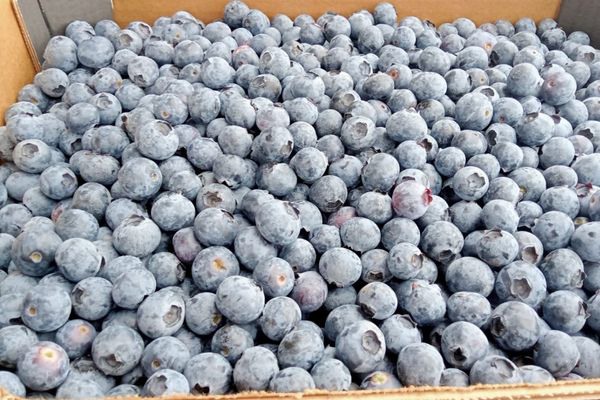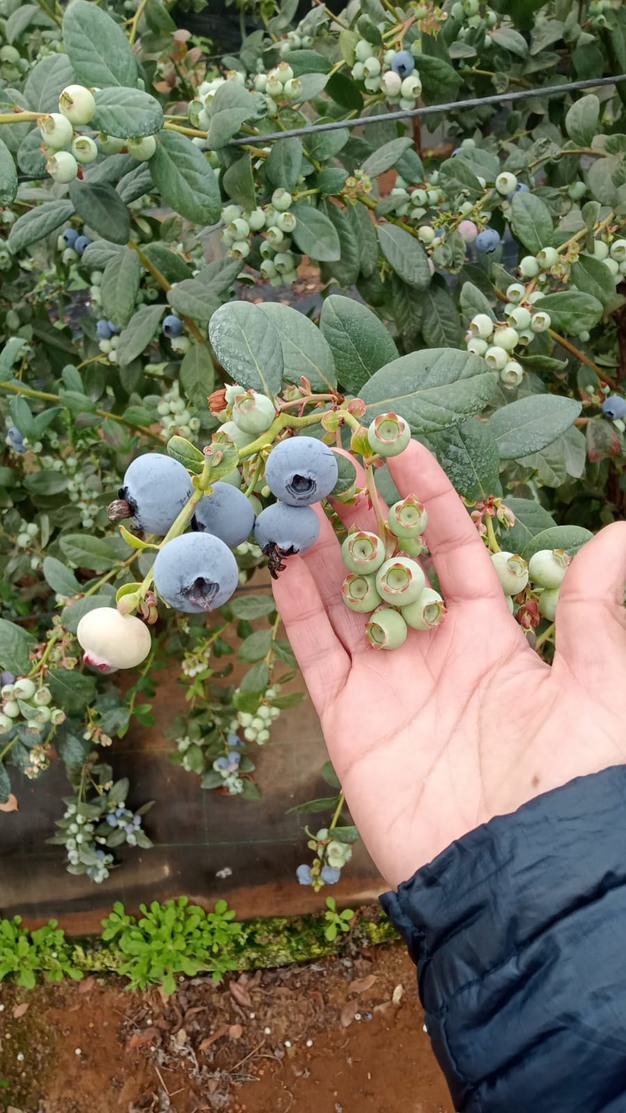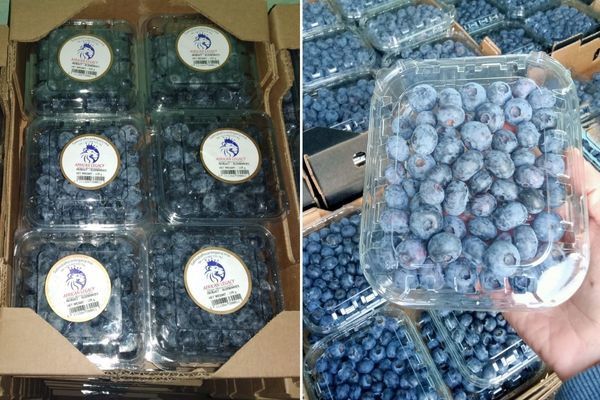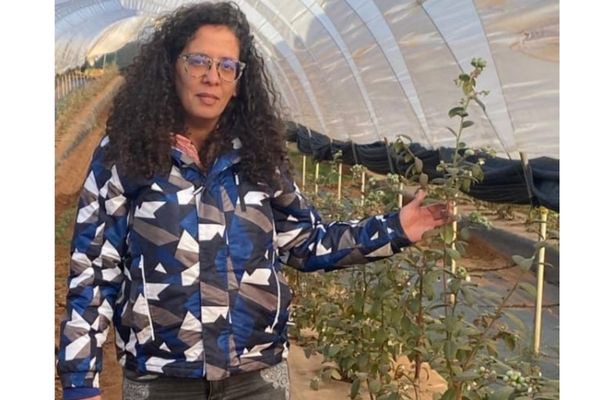The cold snap that Morocco has been facing since the end of 2022 has severely impacted several crops, including blueberries, which have been missing from the shelves and whose prices have reached unprecedented levels. Hiba Saoudi, a Moroccan exporter of berries and red fruits, comments on this situation.

"In optimal weather conditions, such as last year in March, we harvest blueberries every day. However, when the temperatures hit their lows a few weeks ago, we harvested once a week only. Now we are harvesting every 3 or 4 days. This represents a drop in volume of more than 60%", explains Hiba.
This issue comes at the end of the season in Chile and Peru, and blueberry-producing countries around the Mediterranean basin, such as Spain and Portugal, are experiencing the same problem as Morocco, according to the exporter. She adds: "This implies a great demand for Moroccan blueberries, while the volumes are not sufficient. The result is a shortage in supermarkets and skyrocketing prices. There is especially big Russian demand for Moroccan blueberries since European origins cannot deliver to Russia".
 For comparison, prices have risen from 3-4 Eur/kg last year to 10.2 Eur last week for delivery to the Netherlands, assures Hiba. "In terms of prices, the Russian market is the highest bidder. The German market offers the lowest prices, but absorbs large quantities". 90% of Moroccan blueberry production goes to Europe, and 10% to the Middle East.
For comparison, prices have risen from 3-4 Eur/kg last year to 10.2 Eur last week for delivery to the Netherlands, assures Hiba. "In terms of prices, the Russian market is the highest bidder. The German market offers the lowest prices, but absorbs large quantities". 90% of Moroccan blueberry production goes to Europe, and 10% to the Middle East.
Hence, most Moroccan exporters prefer the Russian market, but not everyone is able to export to Russia due to the complexity of administrative and logistical processes, says Hiba: "I am about to welcome a delegation of Russian importers to discuss and explain the administrative logistical constraints we face in supplying them. Overall, we prioritize our loyal customers, with whom we have a long-standing relationship and regardless of the market situation, and we continue to deliver them according to our agreed programs despite the shortfall."

As for the quality, it remains "excellent" according to the exporter: "we produce in several countries, and I am quite able to say that the Moroccan quality is excellent. Even someone who is not a berry specialist can point out the superiority of Moroccan quality. This year too, the sizes, the taste, and the aesthetic aspect are very satisfactory."
On a possible return of prices and volumes to normal, Hiba says: "It depends on the weather, and we remain optimistic since the season lasts until June. Unfortunately, no one is able to predict how the weather will evolve, and producers will have to think of alternatives".

Among these alternatives, the relocation of production remains the most likely. "For 30 years, the production of berries and red fruits was mostly located around the basin of Lokous, in northern Morocco. It will be necessary to consider producing in warmer regions. Trials have been carried out in the Gherb region (west), Meknes (center), and Dakhla (south) and have been satisfactory."
The development of new varieties more resistant to cold is also a possible solution: "We are introducing a new variety that is more resistant to cold and drought, and we will soon announce the results of this new variety and its impact on production," concludes Hiba.
For more information
Hiba Saoudi
Huna Al Maghrib Spain / African&Worldy import-export
Tel: +212 669-533782
Email: [email protected]
www.hunaalmaghribmaroc.com










